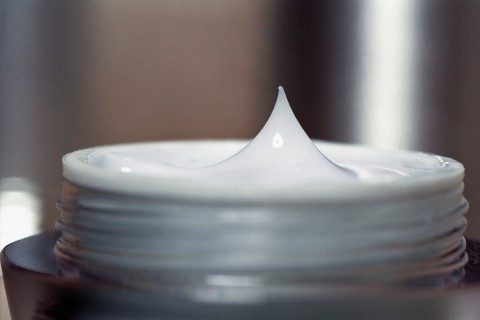Hand Hygiene
Silicones for Raw Skin
According to the German Robert Koch Institute, a leading governmental institution in the field of biomedicine, hand hygiene, i.e. washing or disinfecting your hands is the single most effective action you can take to prevent transmitting coronaviruses via money, door handles or other surfaces. Frequent hand washing does have an unpleasant side-effect, however. Soap contains surfactants that attack the skin’s natural barrier, dissolving the fats and fat-like substances on the outer layer of the skin. Losing these lipids makes the skin dry, raw and cracked, often causing it to itch and become sensitive. In severe cases, the skin may become inflamed. The alcohols contained in hand sanitizers damage the skin in a similar way.
This is why dermatologists recommend moisturizing your hands carefully after washing. Classic hand creams are perfectly suitable for this, as they supply the skin with fats, allowing the skin barrier to regenerate. In addition to plant-based oils, many hand creams also contain small amounts of a thin silicone fluid. This kind of polydimethylsiloxane – known by its INCI name dimethicone – feels extraordinarily pleasant, leaving skin silky smooth, supple and soft. Damaged skin is left feeling good again rather than raw.

Silicone fluids are non-allergenic and do not irritate the skin – not even skin already damaged from hand washing. Hand creams containing silicone fluids are easy to spread on the skin, with a thin silicone film forming immediately on the surface to create a pleasant skin feel. This film repels water and is penetrable to water vapor so that the skin can breathe. WACKER’s BELSIL® DM brand provides several silicone fluids suitable for use in hand creams.
WACKER’s silicone experts have also found a way to mitigate the unpleasant side-effects of hand sanitizers right from the start. Their solution: disinfectants formulated with silicone. Functionalized silicones or silicone elastomer gels are particularly well-suited to this job. These have been chemically modified so that they are compatible with the alcohol in hand sanitizers, resulting in a good skin feel after disinfecting hands – despite the active alcohol components.
Overview

WACKER's efforts against coronavirus
